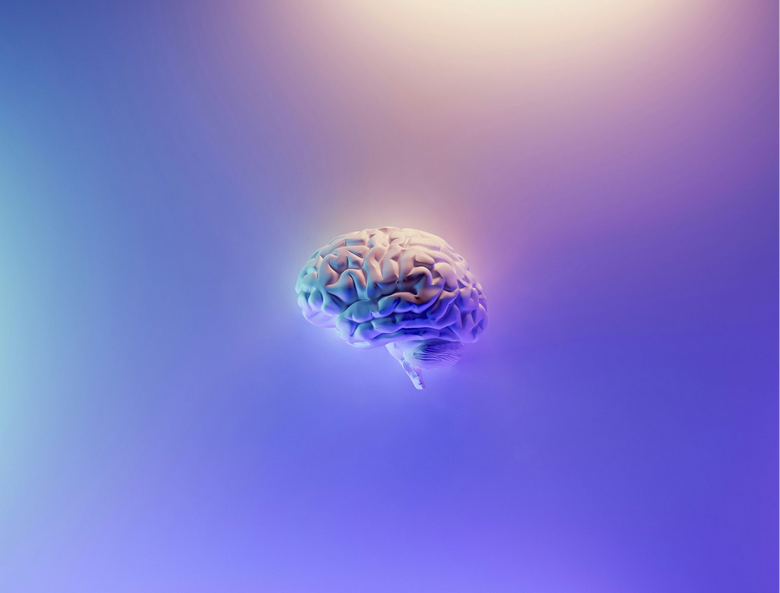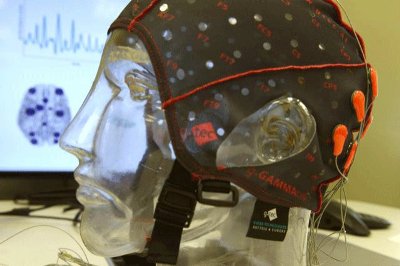Imagine if your brain transformed into a supercomputer every time you studied, processing and storing information at incredible speeds. This is not just a fantasy; it’s a possibility rooted in understanding and leveraging the neuroscience of learning.
The traditional studying world often involves methods steeped more in ritual than effectiveness. Many students read and re-read textbooks, create flashcards, and engage in marathon study sessions, often with diminishing returns. However, the learning landscape is undergoing a seismic shift, thanks to the insights provided by neuroscience. This field doesn’t just demystify the learning process; it’s poised to revolutionise it entirely. By understanding how our brains encode, store, and retrieve information, we can move beyond rote memorisation and towards techniques that promise better grades and foster a deeper, more enduring understanding. This journey into tapping the brain’s potential is not just about academic achievement; it’s about unlocking a more profound and efficient way to learn, transforming how we approach education and knowledge acquisition.
In this new era of learning, students and educators are exploring innovative methods to enhance study effectiveness. Neuroscience-backed techniques, such as spaced repetition, active recall, and interleaving practice, are replacing outdated study habits. These methods align with how our brain naturally operates, improving retention and a more engaging learning experience. However, it’s important to navigate these new waters with reliable guides. A glance at the WritePaper review reveals a plethora of satisfied users who have found their services instrumental in adapting to these new study methodologies.
Decoding the Brain’s Learning Mechanics
Visualise your brain as a vibrant, intricate city. The hippocampus is akin to the central library, where memories are catalogued, while the prefrontal cortex, like the city planning department, is crucial for decision-making and prioritising. However, like a city, the brain can also undergo ‘urban decay’ – forgetting.
This happens when neural connections like less-travelled roads fall into disrepair. By understanding these dynamics, we can tailor our study habits to be more like city maintenance, keeping the information highways clear and functional.
Revolutionary Neuroscience-Based Study Strategies
Spaced repetition, when gamified, can be as engaging as a video game. Imagine earning points each time you correctly recall information over increasing intervals. This technique leverages the brain’s spacing effect, ensuring better long-term retention. Then, consider the power of storytelling in active recall.
For instance, when students create a story involving the periodic table’s elements, they are more likely to remember them. It’s like turning a list into an epic tale. Interleaving, on the other hand, can be likened to a chef mastering various cuisines. By switching between different types of problems or subjects, the brain becomes more adept at identifying and applying different strategies, enhancing problem-solving skills.
Source: https://unsplash.com/photos/purple-and-pink-plasma-ball-OgvqXGL7XO4
Beyond the Books: Sleep, Diet, and Brain Power
The role of sleep in learning is akin to a backup process for our brain. Studies have shown that students who sleep after learning a new skill perform better on tests the next day. Regarding diet, consider the Mediterranean diet, which is rich in fish, nuts, and whole grains and is known for its brain-boosting properties.
An example is the Mind Diet, which combines Mediterranean and DASH diets and is specifically designed to reduce the risk of dementia and slow down brain ageing.
Mindfulness and Stress: The Unseen Factors
Stress can be likened to a storm in the brain, disrupting the learning process. Mindfulness acts as a shelter, providing calm and clarity. For instance, a study showed that students who practised mindfulness meditation for 10 minutes daily reported lower stress levels and save my grade. This practice, with roots in ancient traditions, has now become a valuable tool in the modern educational toolkit.
Digital Age Learning: Apps and Tools Infused with Brain Science
The marriage of technology and neuroscience has given birth to apps like Anki and Quizlet, which utilise spaced repetition in a user-friendly format. However, not all apps are created equal. For example, while Duolingo uses gamification and repetition, its effectiveness can vary depending on the user’s learning style and consistency.
The Flip Side: Caution and Balance
As exciting as these neuroscience-based methods are, they’re not infallible. For instance, the ‘learning styles’ theory, which suggests that people learn better when they receive information in their preferred style (like visual or auditory), has been largely debunked. The key is a well-rounded approach, combining these innovative techniques with tried-and-true methods like practice and discussion.
Conclusive Insights
Our foray into neuroscience-based study techniques reveals a world where learning can be more effective and enjoyable. By understanding and applying these methods, students can unlock a higher potential of their brain’s learning capacity.
However, it’s crucial to remember that these are tools to enhance, not replace, the hard work and dedication that learning requires. As you embark on your educational journey, experiment with these techniques, find the best combination, and embrace the lifelong learning adventure.








